The fascinating story behind the world's most beautiful, blissful avenues of trees
Our fascination with avenues of trees is near-universal to mankind and stretches back four hundred years. Mark Griffiths takes a look.
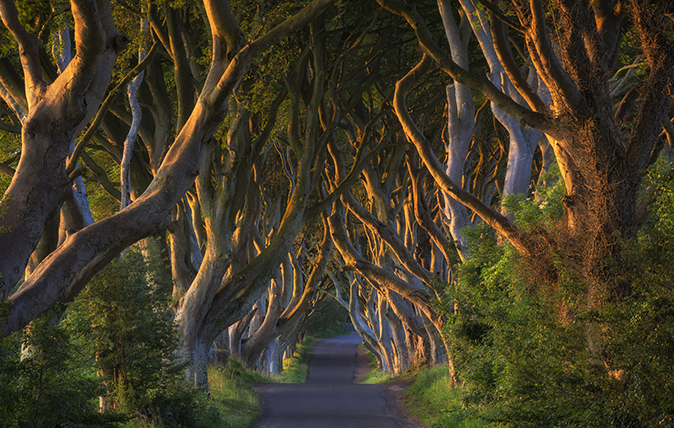
Avenues, say most garden and landscape historians, reflect our desire to master Nature, yet Britain’s finest seldom give that impression. Consider three different cases.
In the 1770s, James Stuart lined the app-roach to his house in Co Antrim with beech trees. These grew into the tunnel of writhing limbs now known as The Dark Hedges, pictured at the top of the page, a landmark so gothic in atmosphere that it has served as a location for Game of Thrones.
In 1977, an avenue of hornbeams was planted at Anglesey Abbey in Cambridgeshire to mark The Queen’s Silver Jubilee. Their columnar trunks recede to a Classical urn and their crowns meet in a vault. Their leaves form mosaics – emerald and decorating the ceiling in spring, gold and carpeting the floor in autumn. A numinous and enchanted place, this avenue recalls Baudelaire’s description of Nature as a temple of living pillars.
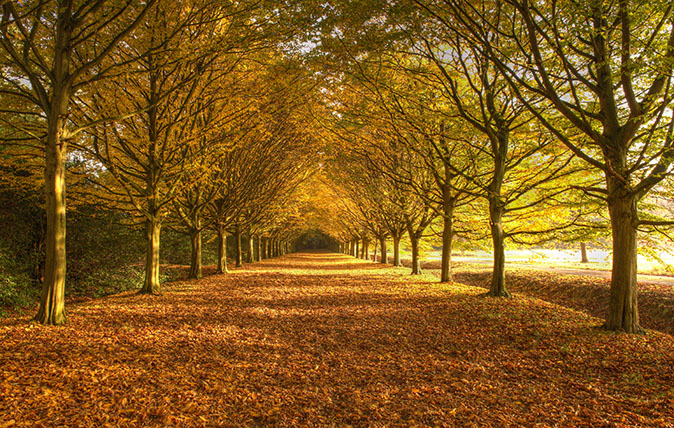
Last, but emphatically not least, there’s The Long Walk, two double ranks of trees (originally elms and now a mixture of species) that sweep across the 2.65 miles from Snow Hill in Windsor Great Park to the Castle’s George IV Gate.
Charles II is said to have taken Versailles as his model for this feature, which he began in 1683. Yet nothing in the Sun King’s uptight arboreal geometry matches its splendour, which is royal but also rural, generous, open and free, showing an art in naturalness that is especially English.
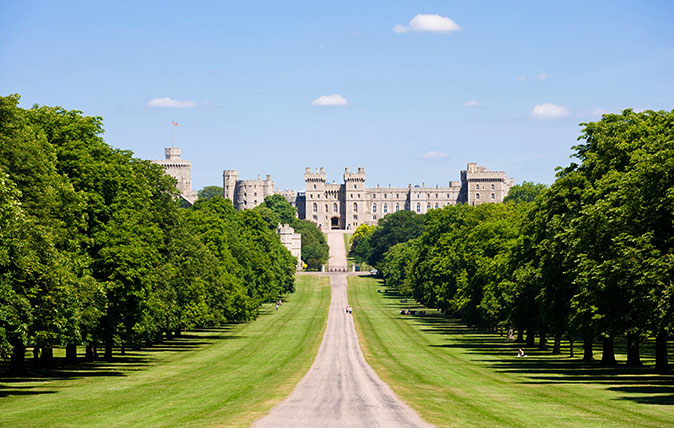
Mystery, magic and majesty – these are mighty effects, transcendent and transforming. Far from bringing Nature to heel, Britain’s finest avenues awe us with a demonstration of her powers.
This seems true even of those expressly created to celebrate human power, for example, the Great Avenue at Blenheim Palace, a triumphal procession that is 1½ miles long. Designed by Henry Wise in the 1700s, it’s said to evoke the battle lines at Blenheim.
Sign up for the Country Life Newsletter
Exquisite houses, the beauty of Nature, and how to get the most from your life, straight to your inbox.
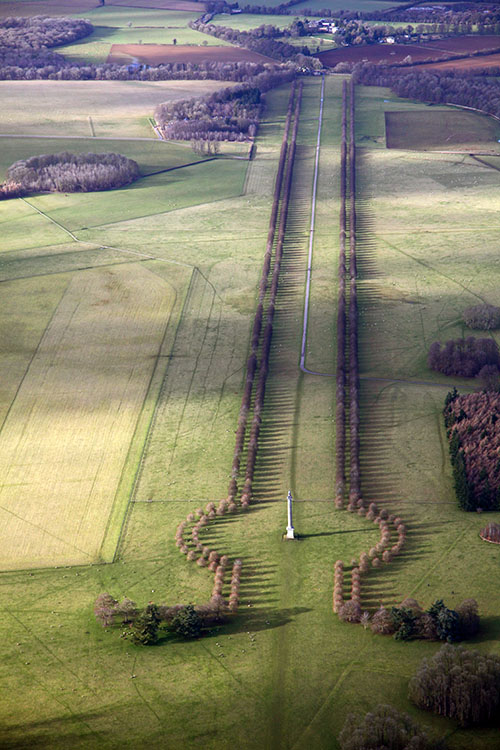
Certainly, Wise used avenues elsewhere on the estate to recreate the Duke of Marlborough’s troop dispositions.
But, for all their regimentation, such schemes still salute Nature, by implying that avenues put statues, arches and other monuments in the shade; that the preeminent way to commemorate great persons and events is to say it with trees.
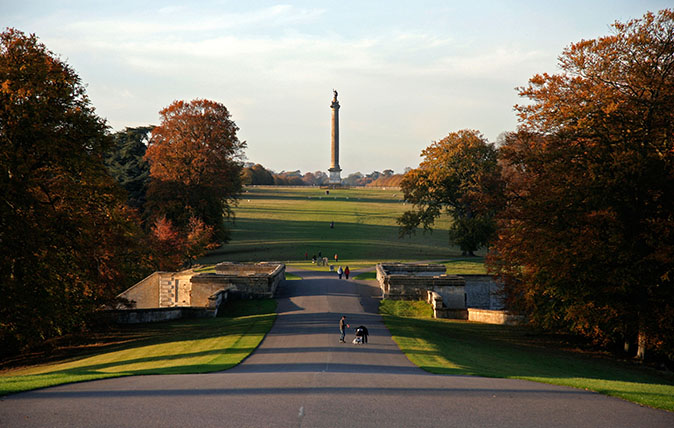
We began to make avenues key features of elite gardens and parks in the 16th century, influenced not only by Continental design trends, but also by our rediscovery of Classical antiquity. Some were of the kind that would later become most familiar – large trees lining the routes to great houses and the principal axes of landscapes.
Many more were shorter, more intimate and closely tended – double files of clipped evergreens and colonnades of small, uniform trees, their trunks kept clear and their branches espaliered, pruned or pleached so as to form a single block, a roof or elevated enclosure of greenery.
Originally, the two types, long and short, were called ‘walks’ and ‘alleys’ respectively. Both grace a paradisiacal landscape described in Book Four of Edmund Spenser’s The Faerie Queene, first published in 1596: ‘And all without were walkes and alleyes dight,/ With divers trees, enrang’d in even rankes’. As a term for such features, ‘avenue’, derived from Old French avenir (to arrive, come to, reach, attain), didn’t become established in English until the second half of the 17th century.
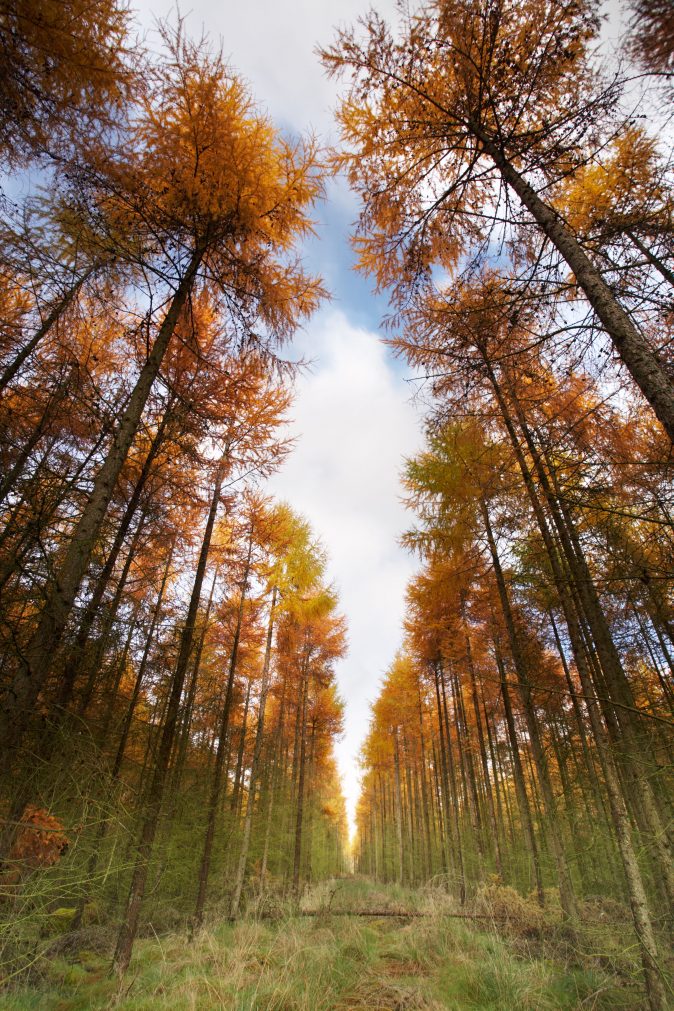
Its earliest-known instance is John Evelyn’s unflattering remark about an estate in his diary for 1654: ‘The avenue ungracefull, & the seate naked’. A decade later, he defined the term in Sylva, his masterwork on trees and their cultivation: ‘avenue, the principal walk to the front of the house, or seat.’
This definition soon broadened in popular usage to encompass parallel rows of trees, past and present, in a wide range of lengths, types and locations. Although ornament was their primary purpose, many were also planted with some practical use in mind, such as imposing boundaries or providing timber, fruit and shelter.
An era had arrived in which no house, garden or estate with any claim to importance and style could afford to be without avenues. Alleys were still being created, but length mattered more as avenues became declarations of status and land-ownership.
They might be singular, an approach to astonish visitors on arrival at some country seat, or multiple, arranged in squadron-like blocks, intersecting in diamond patterns or radiating from a single point in the feature known as patte d’oie or ‘goose’s foot’. Favoured trees were lime, elm, horse and sweet chestnut, beech, oak, poplar, Scots pine and Norway spruce.
Initially, some had to be imported, notably Tilia x europaea, hence ‘Dutch lime’, its name in those days. But, before long, there was a boom in domestic-tree production at commercial nurseries and on private estates and the technology of stock selection, propagation and transplantation boomed likewise – all fuelled by the fashion for avenues.
Then, not far into the 18th century, formality, symmetry and artifice fell victim to an emerging taste for naturalistic features and planting that culminated in the English Landscape Style. Avenues were deemed especially offensive, unnatural, un-English and yesterday’s look. Down they came in their hundreds.
By the 1790s, some commentators were voicing regrets. There were even calls to conserve avenues that hadn’t yet been felled or thinned into acceptably spontaneous-looking clumps. It was the glamour of the new and strange, however, that would drive our next great phase of avenue-planting.
In the 19th century, British horticulture thronged with exotic trees sent home by plant explorers and other travellers. Many became materials for sensationally novel avenues, for floral arcades, phalanxes of fiery autumn foliage and dark imposing chasms, which were inspired not only by the plants themselves, but also by our travels in their homelands.
In Japan, we wandered through walks canopied with cherry blossom and ventured down the world’s longest avenue (first planted in 1625), a 22-mile guard of honour for the Tokugawa Shrine at Nikko, composed of thousands of towering Cryptomeria.
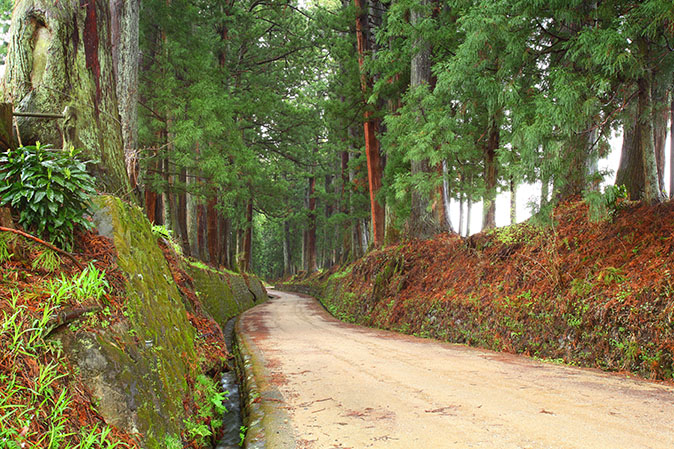
In the wilds of California, we encountered an even taller conifer, the giant redwood, which seemed to form gargantuan avenues all of its own accord. On its arrival in England in 1853, it was named ‘Wellingtonia gigantea’ to commemorate the Duke of Wellington, who’d died the previous year.
Technically and diplomatically, this was unacceptable – a wholly different plant had already been called Wellingtonia and Americans were appalled to see their grandest tree consecrated to a British hero. Nonetheless, Victorians adopted this name for the giant redwood, which struck them as a fitting tribute to the great man.
By 1939, when it was renamed Sequoiadendron, avenues of ‘Wellingtonia’ were soaring to attention all across Britain in memory of the Iron Duke.
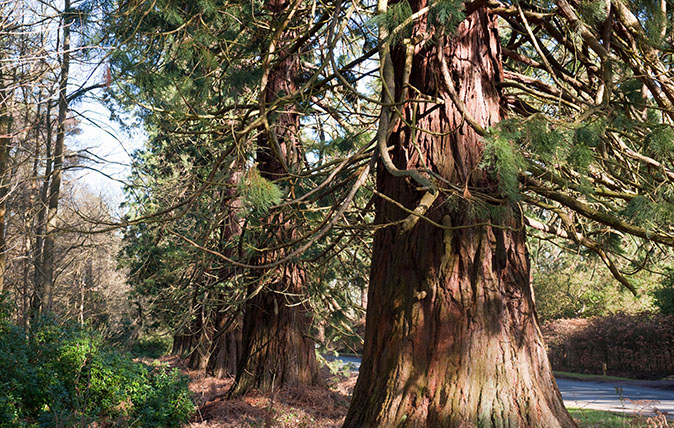
We are currently in our third great phase of avenue-planting. It began in the early 1950s, when many were installed to mark The Queen’s coronation. Most of these were straight, level and composed of familiar species, but some broke brilliantly with convention.
In Herefordshire, for example, eminent tree-connoisseurs the Banks family lined the rising and gently curving drive to their home Ridgebourne House with Acer griseum, a Chinese maple prized for its peeling cinnamon bark and incendiary autumn foliage.
The next impetus, perversely, was Dutch elm disease, which wiped out numerous old avenues, but spurred us into rethinking and replanting with alternatives (Anglesey Abbey’s magical hornbeams replaced a diseased elm walk). Then came an even stronger driver – growing interest in historic gardens and landscapes.
At Hatfield House, the late Marchioness of Salisbury planted walks and alleys based on those made there by John Tradescant the elder for Sir Robert Cecil.
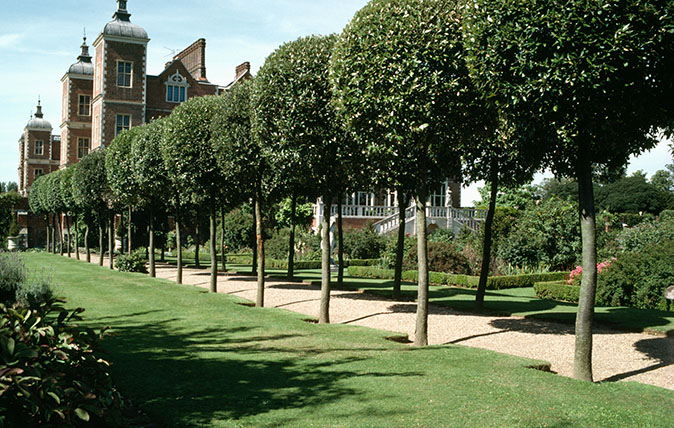
Elsewhere, old plans, paintings, documents and books were scoured and past arts revived as avenues were restored or re-created wholesale, nowhere to more spectacular effect than at Hampton Court Palace in the 1990s.
Common to Hatfield and Hampton Court, the short ornamental avenue (allée, as some like to term it) is now a key feature of contemporary design. Gina Price has planted my favourite example at Pettifers, her garden near Banbury: two files of the crab apple Malus transitoria, their blossom-wreathed arms out-flung to join in a sublime spring dance down a bulb-spangled meadow.
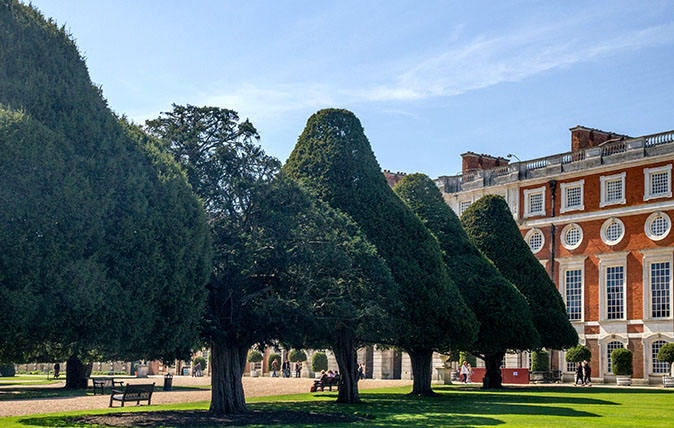
More often these days, traditional subjects such as lime and hornbeam are used, with their trunks cleared to form columns and their canopies trained and clipped into walls or roofs of sharp-edged solidity. However antique their models, to many Modernist, and even minimalist, designers, these living cloisters are matchless in their elegant simplicity and as providers of structure, rhythm and shelter.
Two of Britain’s most renowned suppliers of beautiful and beautifully grown trees – Bluebell Nursery and Arboretum (www.bluebellnursery.com) and Barcham Trees (www.barcham.co.uk) – tell me that the longer and wider kind of avenue is also enjoying a renaissance. As with Dutch elm, the problems that now afflict horse chestnut and ash, formerly two of the most popular subjects for grand approaches and axes, are inspiring us to experiment and diversify.
Bluebell Nursery’s co-owner, Robert Vernon senior, recommends an astonishing range of trees for the new generation of avenues. These include Tilia cordata Winter Orange and T. platyphyllos Rubra, two limes with colourful winter twigs and none of sticky mess, bee-stupefaction and aphid-appeal associated with T. x europaea; the narrowly upright tulip tree, Liriodendron tulipifera Fastigiatum; Catalpa ovata, extravagantly exotic-looking in leaf and flower; Metasequoia glyptostroboides, the living fossil better known as the dawn redwood; and, once more, the giant redwood Sequoiadendron, or ‘Wellingtonia’ as our forebears patriotically had it.
With trees like these to line our vistas, one prospect becomes vanishingly remote: that any future John Evelyn would ever declare, ‘The avenue ungracefull, & the seate naked’.
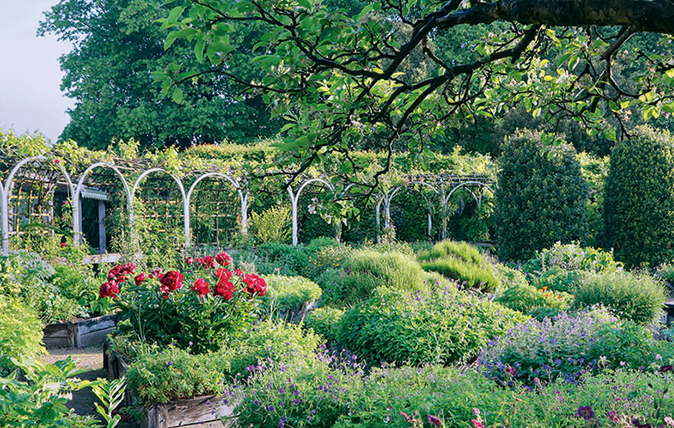
Alan Titchmarsh: The poetic pleasure of plant names
Our gardening expert on the days spent learning the names of some of the most obscure plants in Britain.
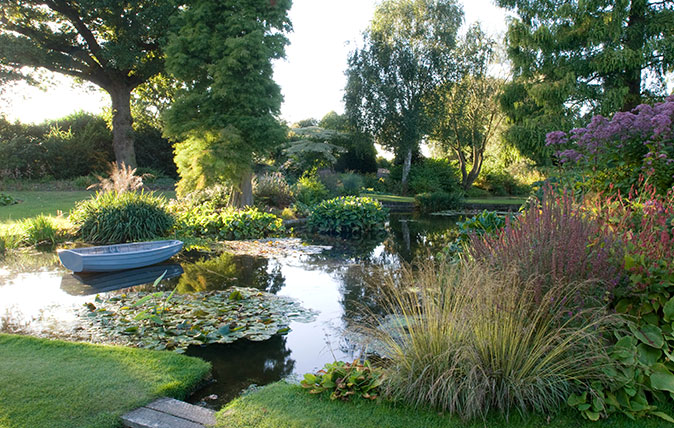
Alan Titchmarsh: How to keep a perfect pond
Alan Titchmarsh says that now is the time to clear out the weeds and keep your pond in top condition

Credit: Alamy
The day that Woolworths accidentally sold me an endangered species
Charles Quest-Ritson reminisces about the day his bargain purchase of a cyclamen in Woolworths proved to be something rather special.
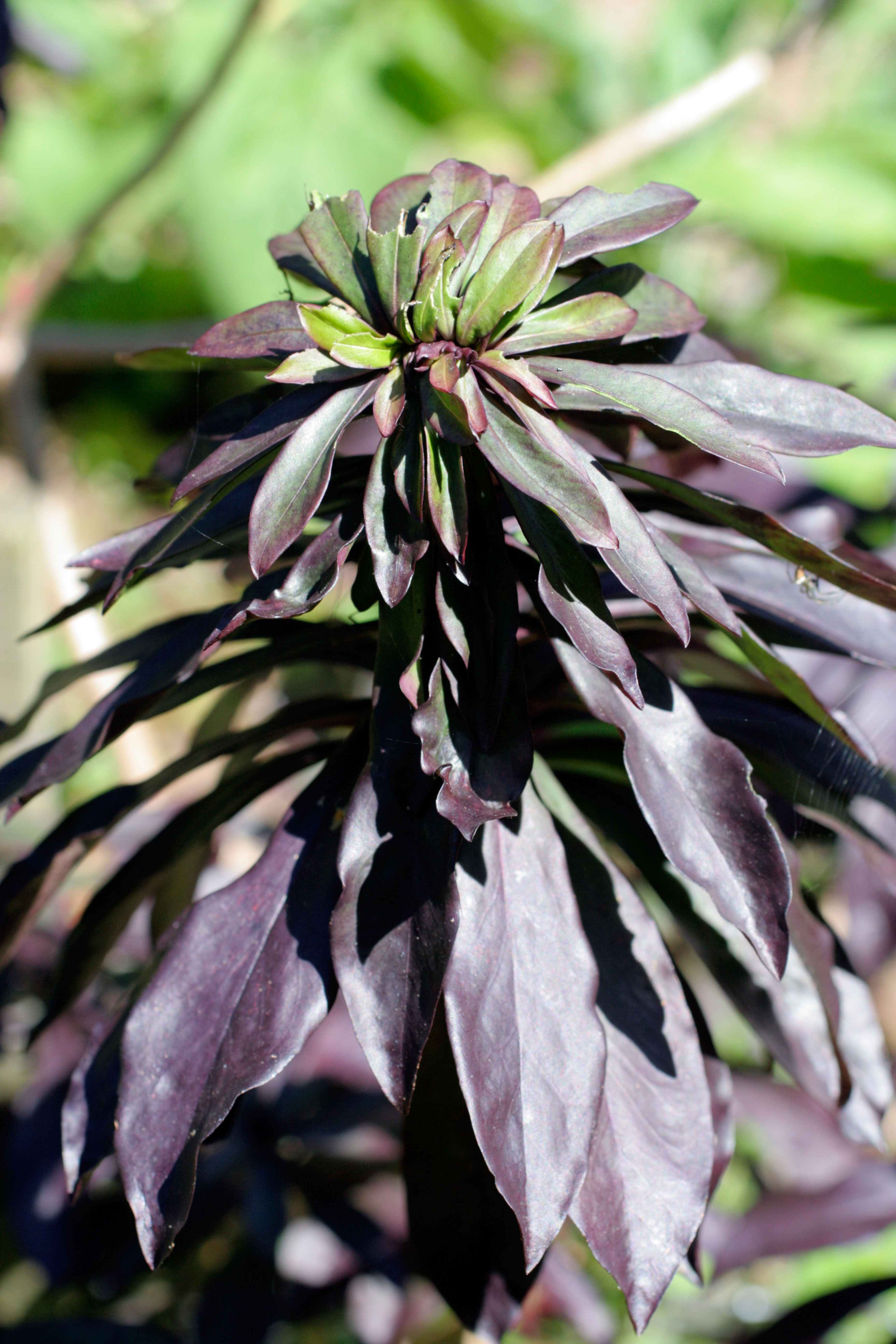
Life, death and daphnes – and the variety that goes in and out of extinction peril
Charles Quest-Ritson muses on daphnes, the lovely winter flowers which seemingly ought to be a lot hardier than they are.
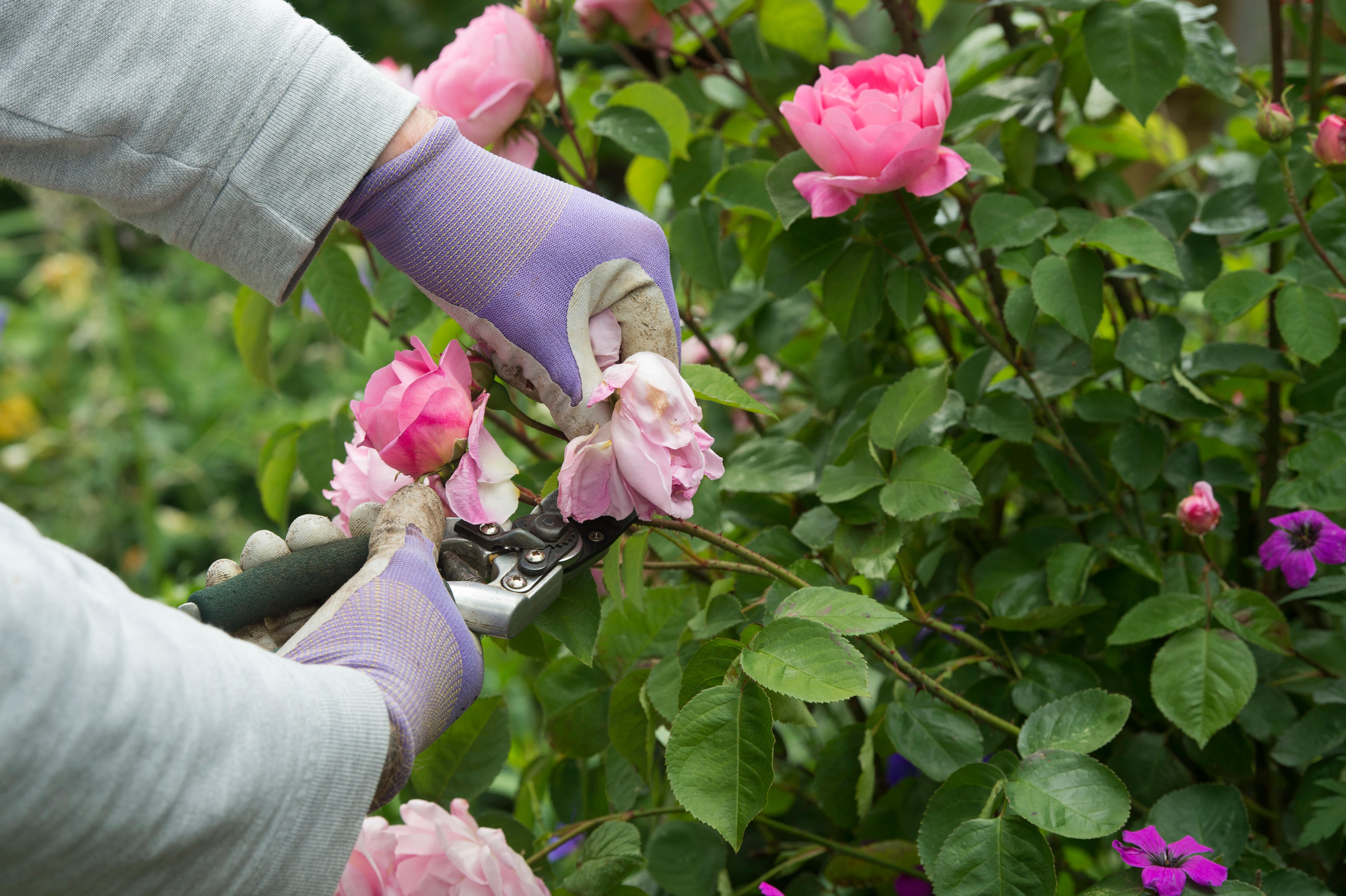
What to deadhead and what to leave alone
We delve into the Country Life archive to revisit Mark Griffiths's tips on deadheading — and in particular being careful about
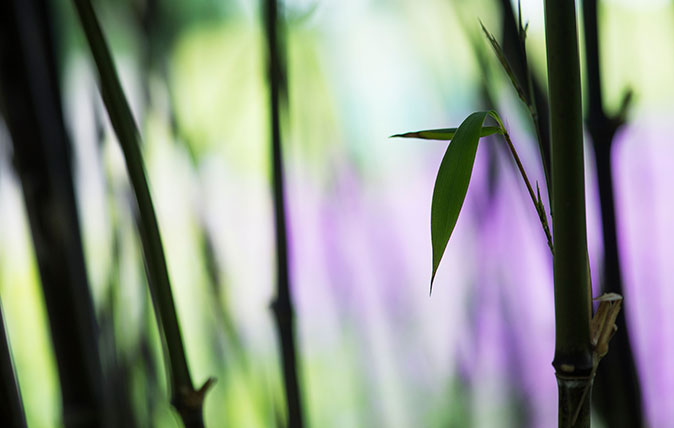
The dazzling colours of bamboo – yes, bamboo – which can steal your heart
Bamboo isn't just a hardy, quick-to-grow plant – it can bring terrific splashes of year-round colour to your garden, as Mark
-
 ‘It had the air of an ex-rental, and that’s putting it politely’: How an antique dealer transformed a run-down Georgian house in Chatham Dockyards
‘It had the air of an ex-rental, and that’s putting it politely’: How an antique dealer transformed a run-down Georgian house in Chatham DockyardsAn antique dealer with an eye for colour has rescued an 18th-century house from years of neglect with the help of the team at Mylands.
By Arabella Youens
-
 A home cinema, tasteful interiors and 65 acres of private parkland hidden in an unassuming lodge in Kent
A home cinema, tasteful interiors and 65 acres of private parkland hidden in an unassuming lodge in KentNorth Lodge near Tonbridge may seem relatively simple, but there is a lot more than what meets the eye.
By James Fisher
-
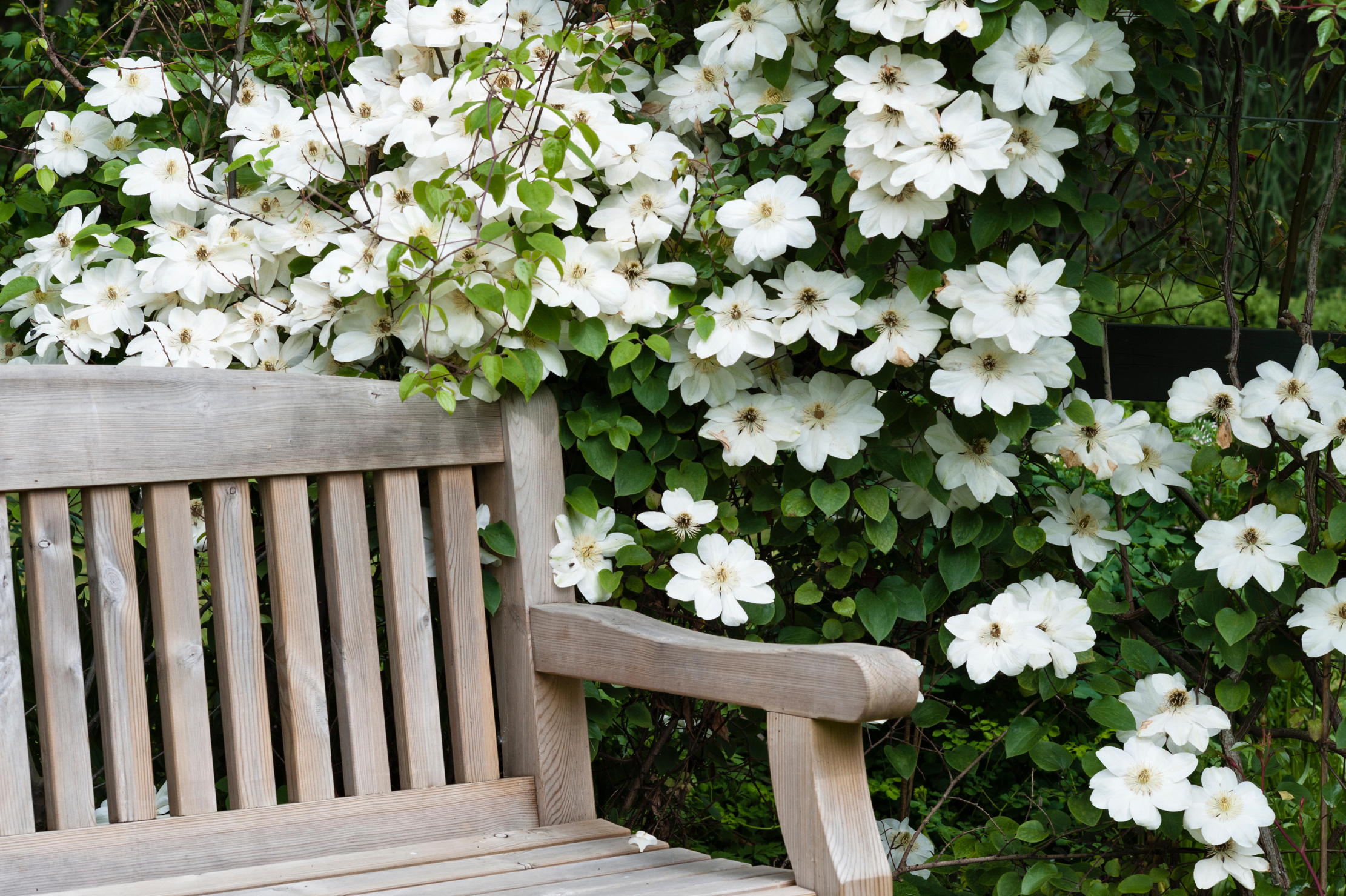 Six of the best Clematis montanas that every garden needs
Six of the best Clematis montanas that every garden needsClematis montana is easy to grow and look after, and is considered by some to be 'the most graceful and floriferous of all'.
By Charles Quest-Ritson
-
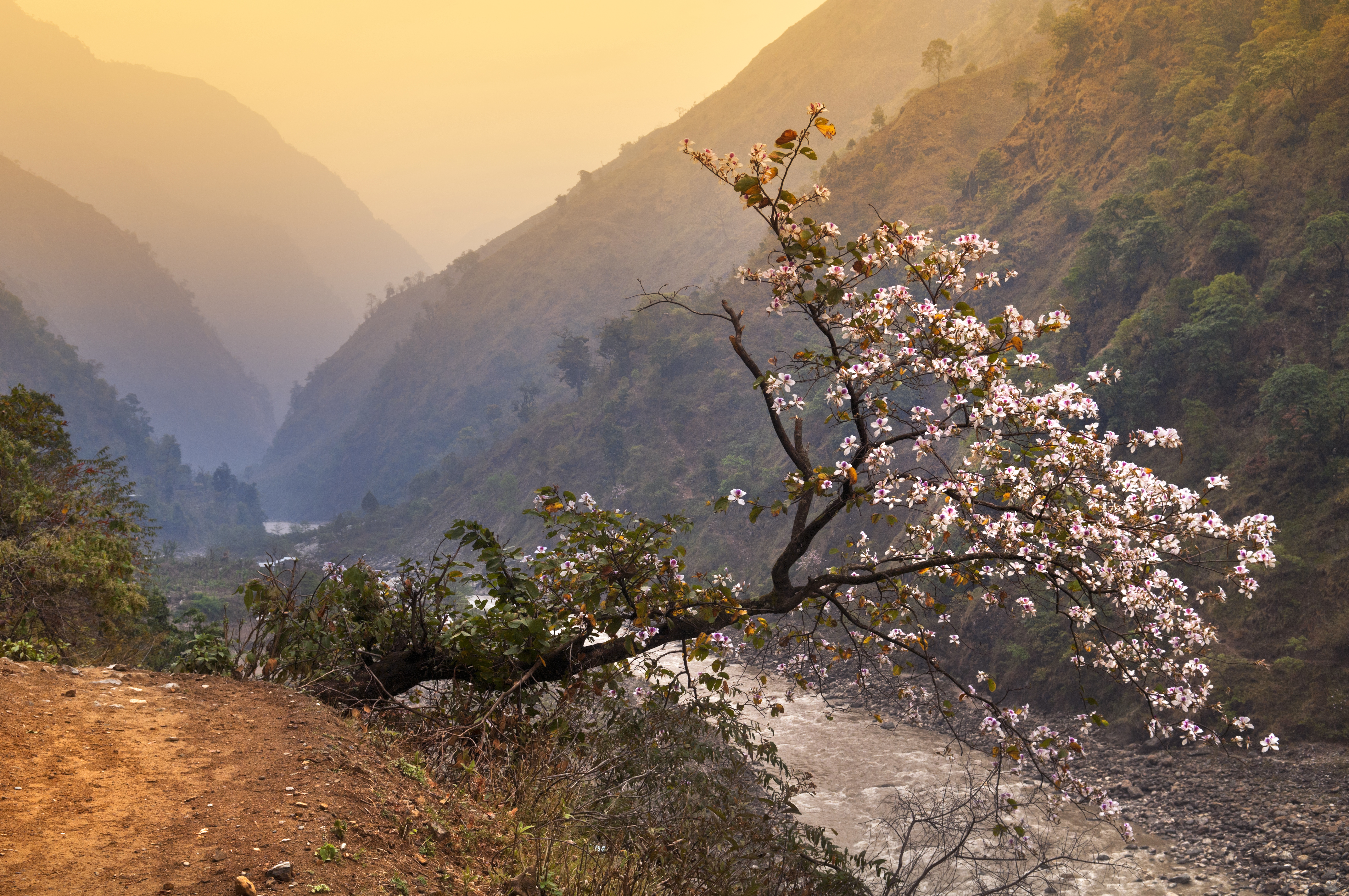 The man who trekked Bhutan, Mongolia, Japan, Tasmania and New Zealand to bring the world's greatest magnolias back to Kent
The man who trekked Bhutan, Mongolia, Japan, Tasmania and New Zealand to bring the world's greatest magnolias back to KentMagnolias don't get any more magnificent than the examples in the garden at White House Farm in Kent, home of Maurice Foster. Many of them were collected as seed in the wild — and they are only one aspect of his enthralling garden.
By Charles Quest-Ritson
-
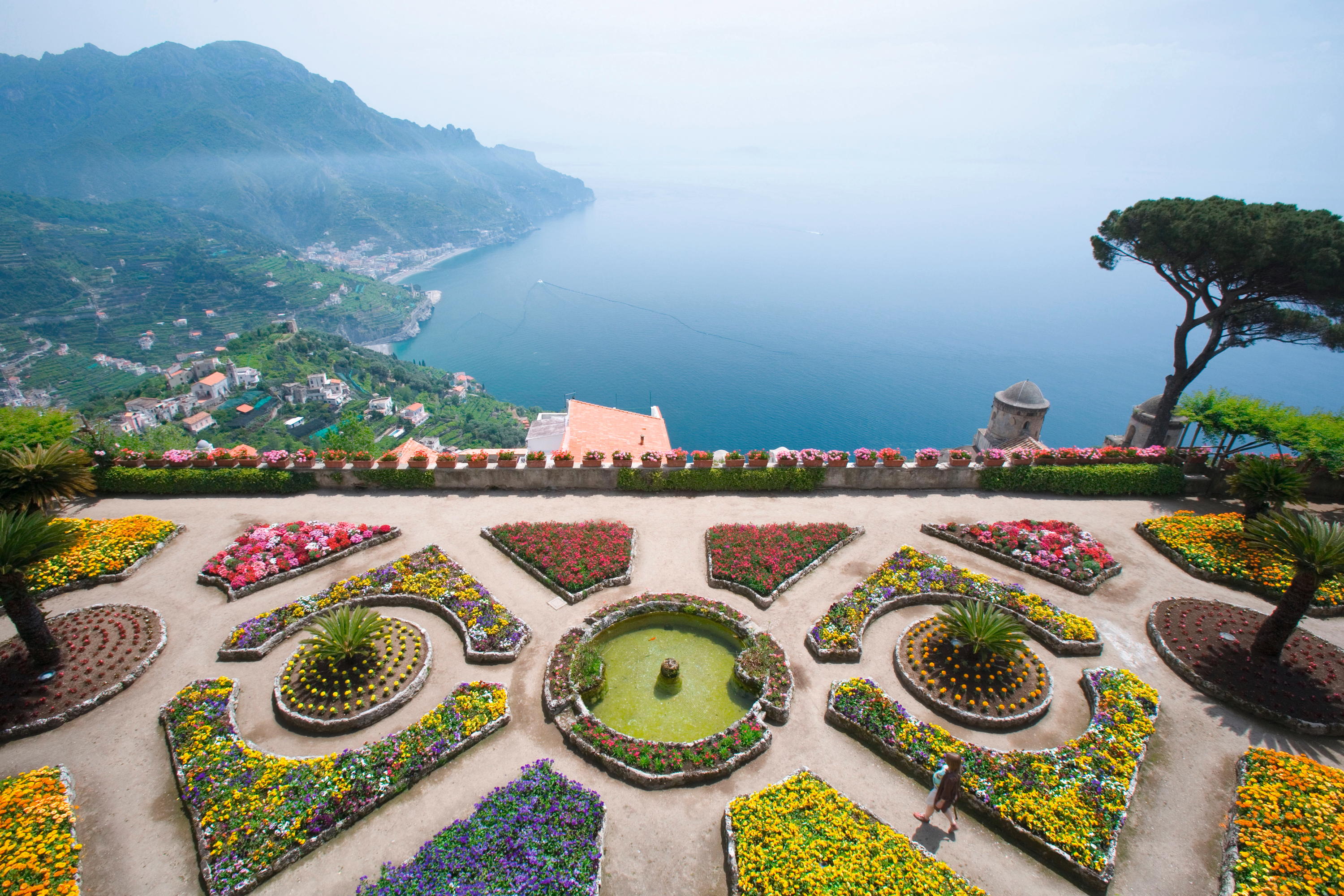 The 'breathtakingly magnificent' English country gardens laid out on the Amalfi Coast, and the story of how they got there
The 'breathtakingly magnificent' English country gardens laid out on the Amalfi Coast, and the story of how they got thereKirsty Fergusson follows the Grand Tour to Campania in Italy, where the English combined their knowledge and love of plants with the rugged landscape to create gardens of extraordinary beauty.
By Kirsty Fergusson
-
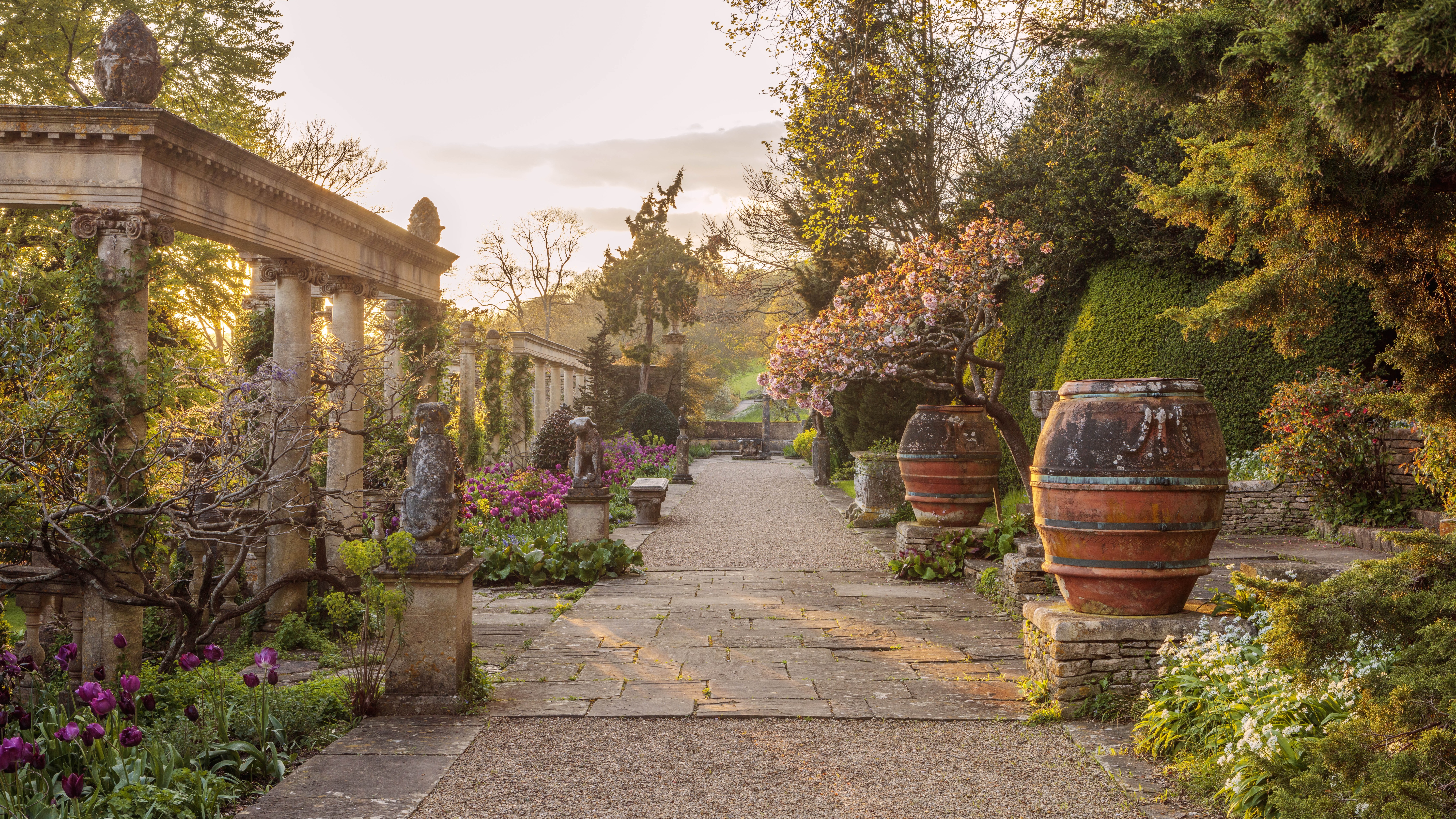 Have your say in the Historic Houses Garden of the Year Awards 2025
Have your say in the Historic Houses Garden of the Year Awards 2025By Annunciata Elwes
-
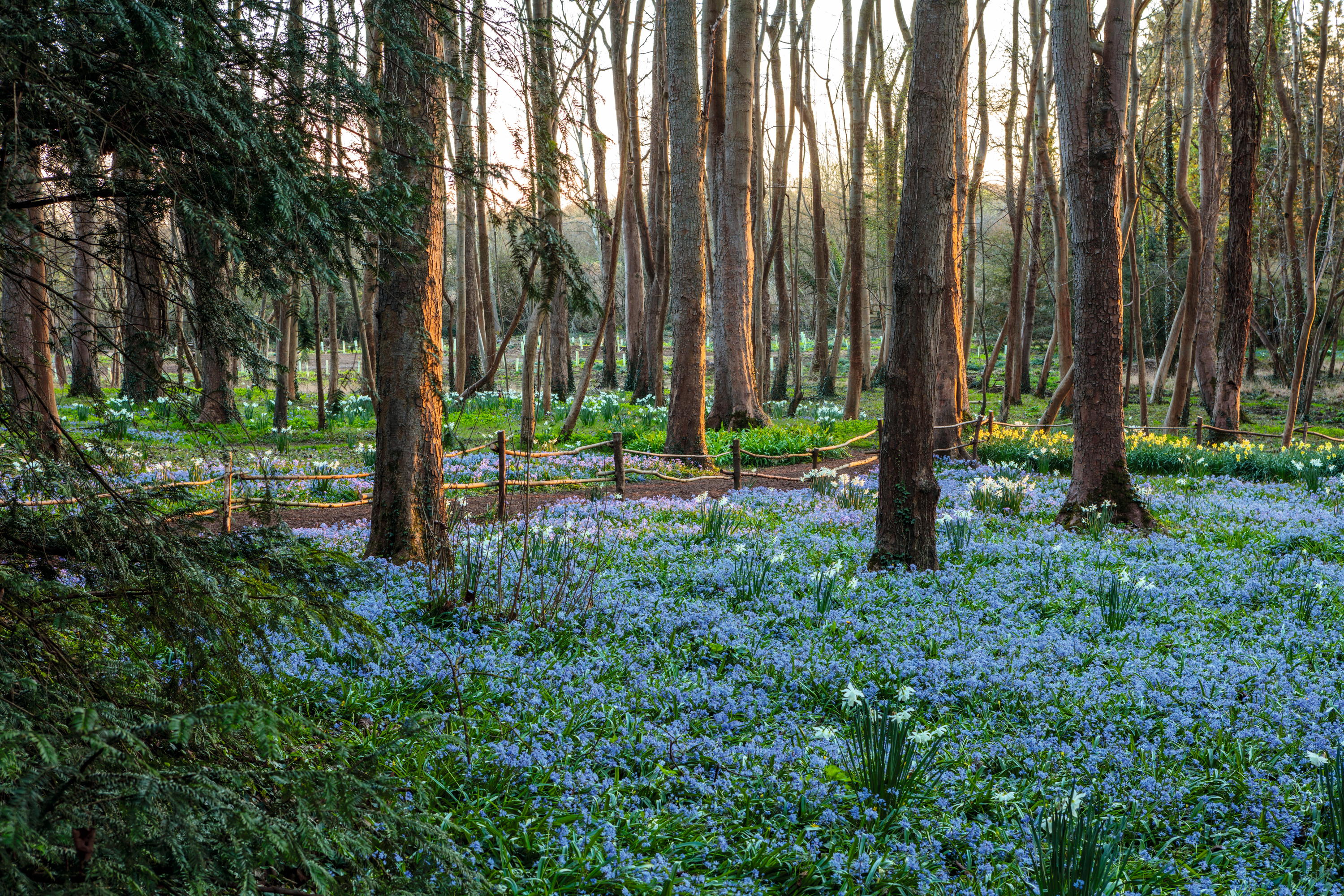 Evenley Wood Garden: 'I didn't know a daffodil from a daisy! But being middle-aged, ignorant and obstinate, I persisted'
Evenley Wood Garden: 'I didn't know a daffodil from a daisy! But being middle-aged, ignorant and obstinate, I persisted'When Nicola Taylor took on her plantsman father’s flower-filled woodland, she knew more about horses than trees, but, as Tiffany Daneff discovers, that hasn’t stopped her from making a great success of the garden. Photographs by Clive Nichols.
By Tiffany Daneff
-
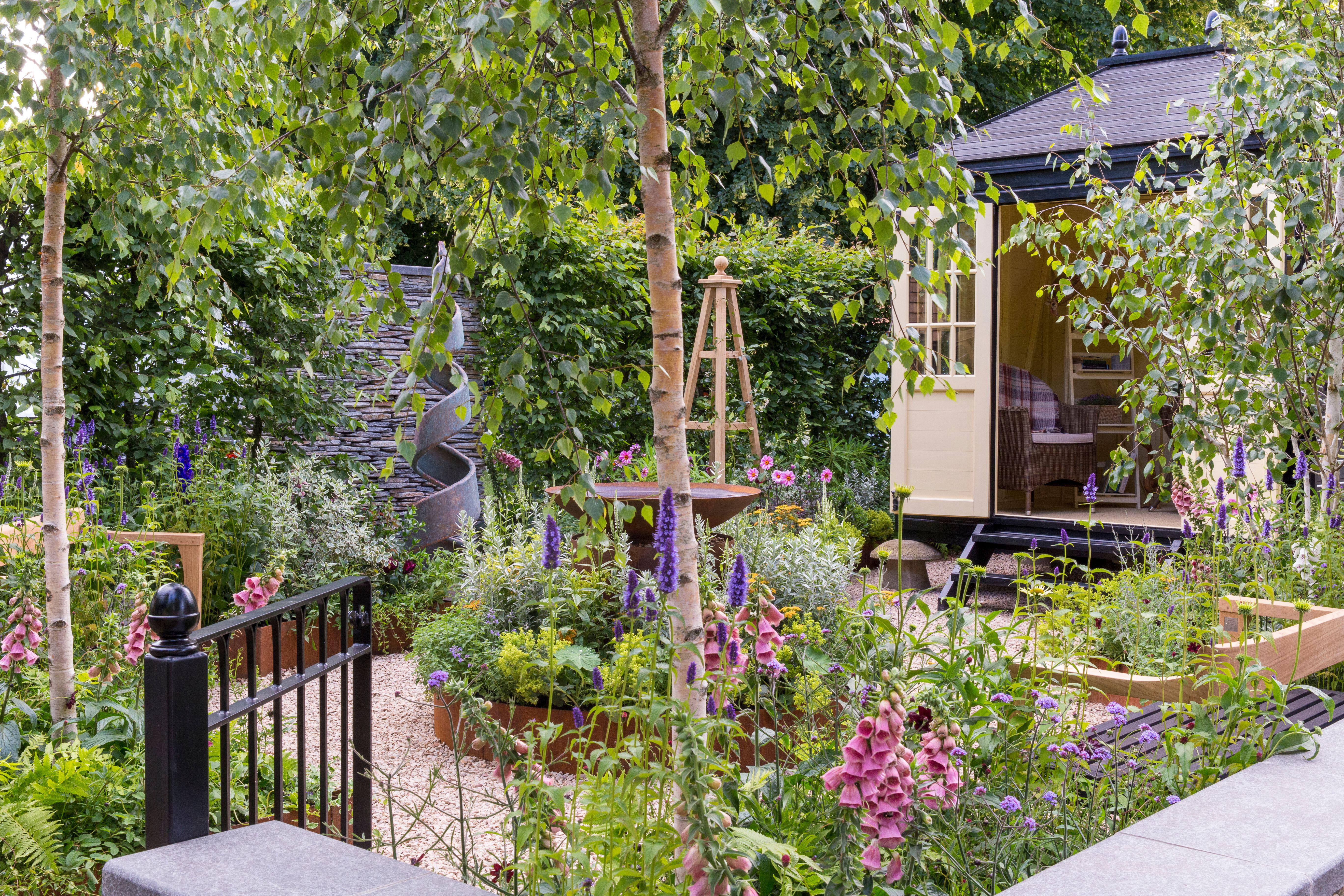 An expert guide to growing plants from seed
An expert guide to growing plants from seedAll you need to grow your own plants from seed is a pot, some compost, water and a sheltered place.
By John Hoyland
-
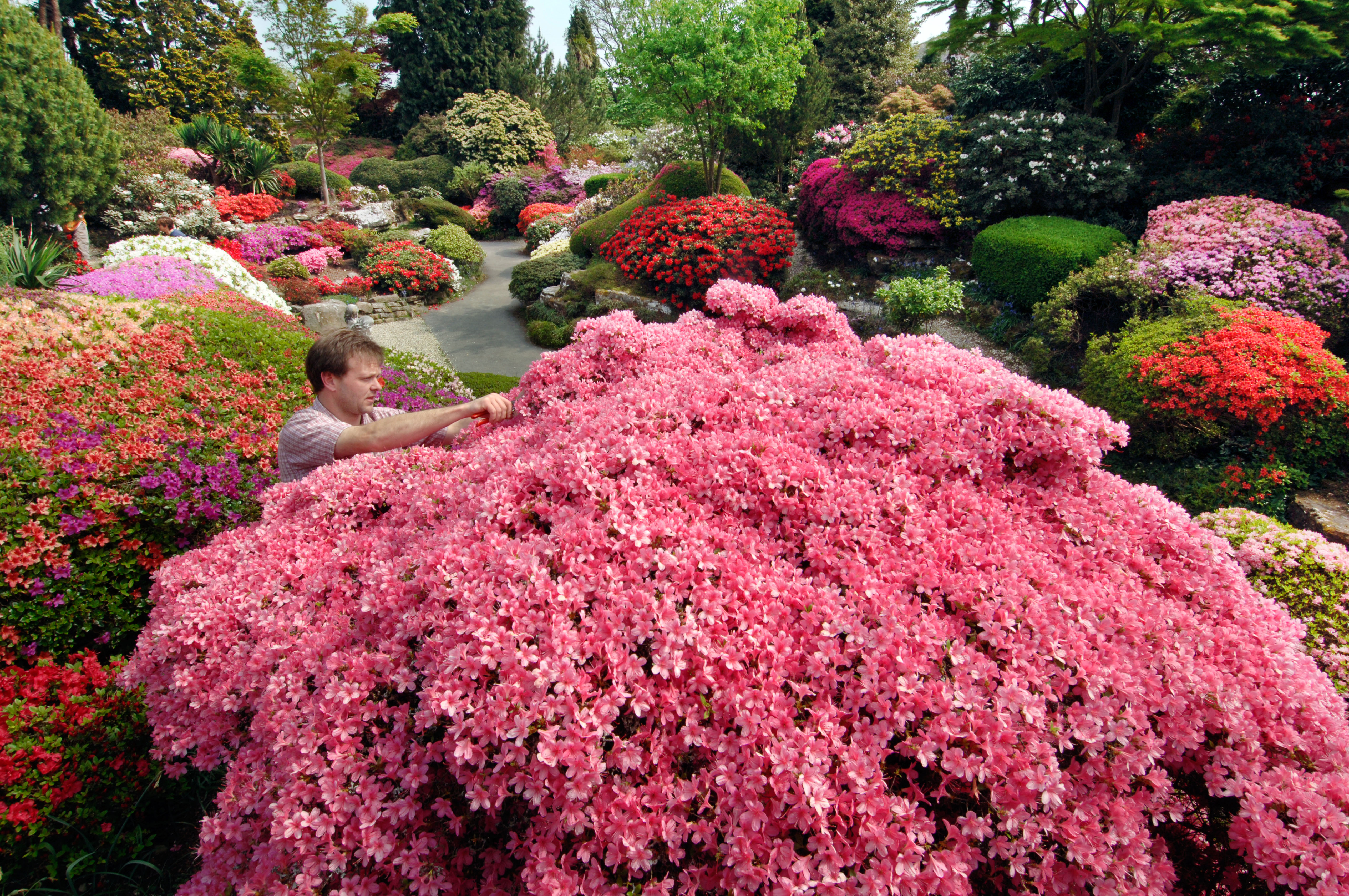 The best rhododendron and azalea gardens in Britain
The best rhododendron and azalea gardens in BritainIt's the time of year when rhododendrons, azaleas, magnolias and many more spring favourites are starting to light up the gardens of the nation. Here are the best places to go to enjoy them at their finest.
By Amie Elizabeth White
-
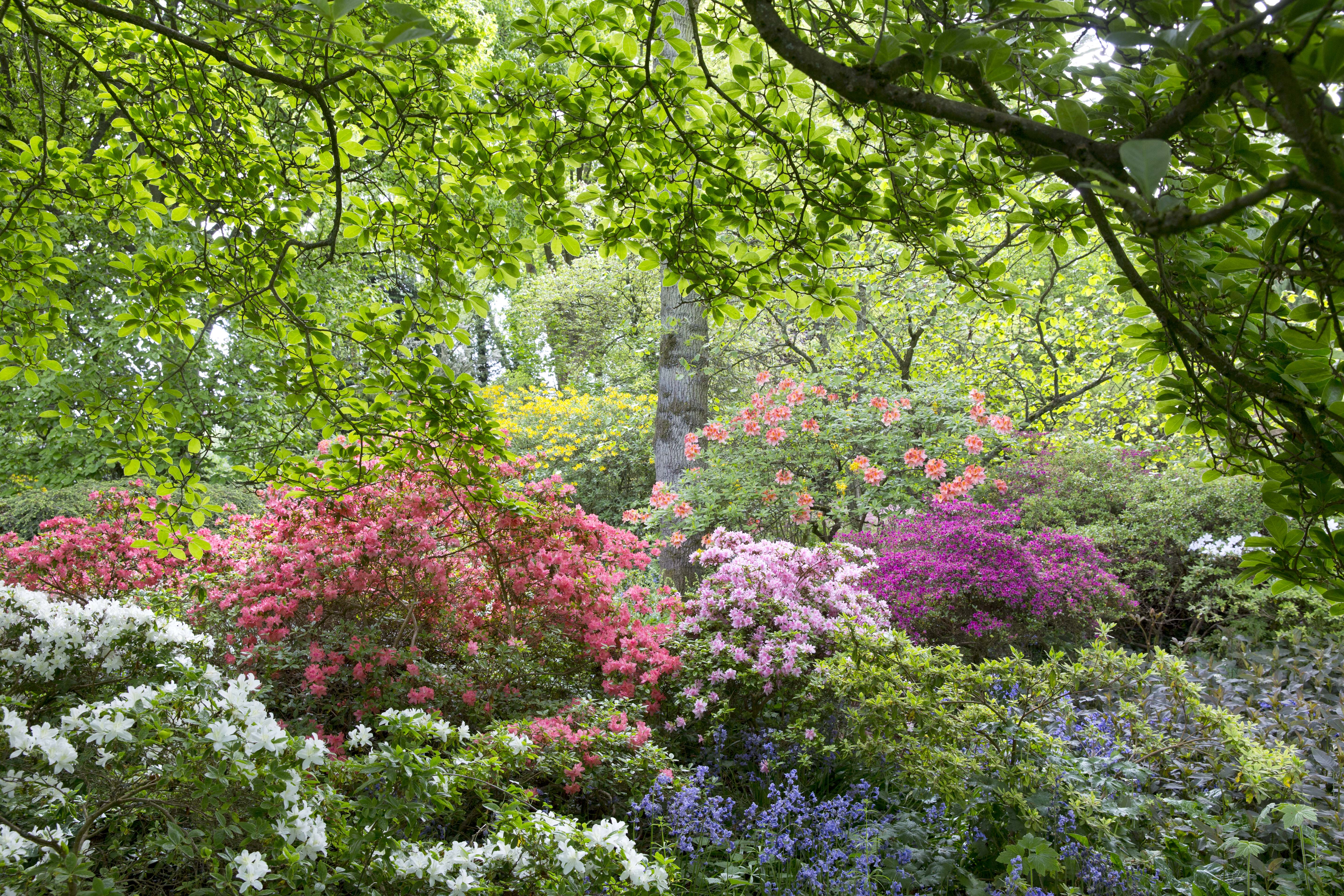 Great Comp: The blissful garden flooded with rhododendrons and azaleas that's just beyond the M25
Great Comp: The blissful garden flooded with rhododendrons and azaleas that's just beyond the M25Each spring, Great Comp Garden — just outside the M25, near Sevenoaks — erupts into bloom, with swathes of magnolias, azaleas and rhododendrons. Charles Quest-Ritson looks at what has become one of the finest gardens to visit in Kent.
By Charles Quest-Ritson